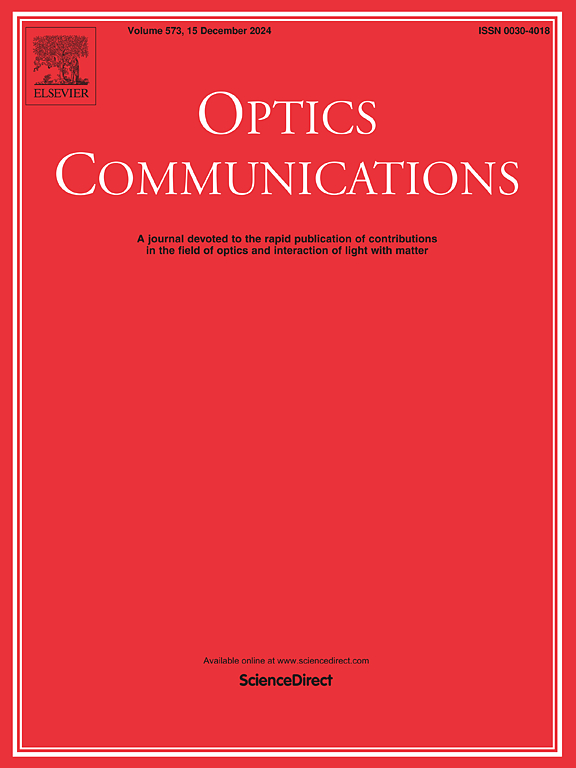High-temperature superconductor based mid-infrared detector
IF 2.2
3区 物理与天体物理
Q2 OPTICS
引用次数: 0
Abstract
We demonstrated high-temperature based superconducting microwire detectors for mid-infrared applications, based on . We have used a hard oxide, as a mask material to achieve the microwires in meander geometry. We have achieved the photoresponse of microwire to radiation in the mid-infrared spectrum at wavelengths 3.25 and 4.25 at temperatures nearly ten times higher than those of existing low-temperature superconducting detectors. We showed a clear correlation between the photoresponse magnitude and the critical parameters of the superconductor, showcasing peak optical responses near the critical temperature and bias current density. Furthermore, our comprehensive electrical transport measurements conducted at various temperatures align closely with our optical response data. The demonstrated performance and versatility of these detectors underscore their potential for a wide array of applications spanning environmental monitoring, medical diagnostics, space exploration, and spectroscopic studies.
求助全文
约1分钟内获得全文
求助全文
来源期刊

Optics Communications
物理-光学
CiteScore
5.10
自引率
8.30%
发文量
681
审稿时长
38 days
期刊介绍:
Optics Communications invites original and timely contributions containing new results in various fields of optics and photonics. The journal considers theoretical and experimental research in areas ranging from the fundamental properties of light to technological applications. Topics covered include classical and quantum optics, optical physics and light-matter interactions, lasers, imaging, guided-wave optics and optical information processing. Manuscripts should offer clear evidence of novelty and significance. Papers concentrating on mathematical and computational issues, with limited connection to optics, are not suitable for publication in the Journal. Similarly, small technical advances, or papers concerned only with engineering applications or issues of materials science fall outside the journal scope.
 求助内容:
求助内容: 应助结果提醒方式:
应助结果提醒方式:


